The incense tree in Quy Chau withered after the flood.
(Baonghean.vn) - After the recent flood, many areas of incense roots in Quy Chau district were flooded and withered. Moreover, many incense production facilities were forced to dump most of their raw materials due to water damage.
Quy Chau district is considered the capital of incense of Nghe An. Currently, in the district, there are 6 incense villages including: Block 1, Block 2, Block 3, Tan Huong Block 1, Tan Huong Block 2 in Tan Lac town and Hanh Tien village, Chau Hanh commune. These villages have dozens of regular workers and hundreds of seasonal workers, supplying a large quantity of various incense products to the market.
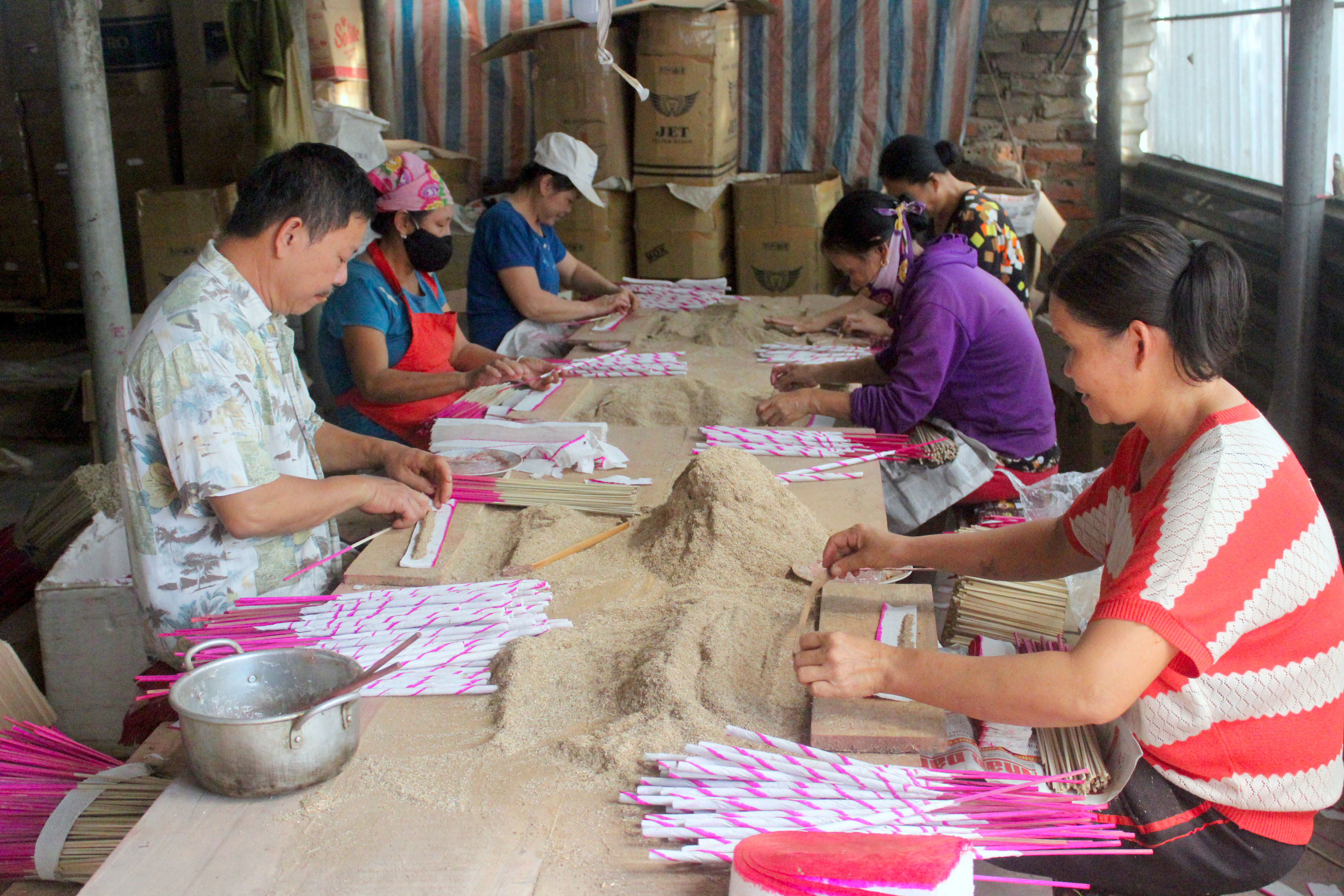
However, during the recent historic floods, many areas of agarwood roots - the main raw material for making incense in the district - were flooded and soaked for many days. After the water receded and the sun rose, some agarwood roots rotted and could not be harvested.
Mr. Luong Van Hoanh's family, Chau Hanh commune has 20,000m2The new incense roots were planted two months ago and were expected to be harvested at the end of the year to be imported to craft villages. However, during the recent flood, more than 50% of the area was flooded and the roots were wilted and rotten. The remaining roots also grew poorly. This crop the family lost.
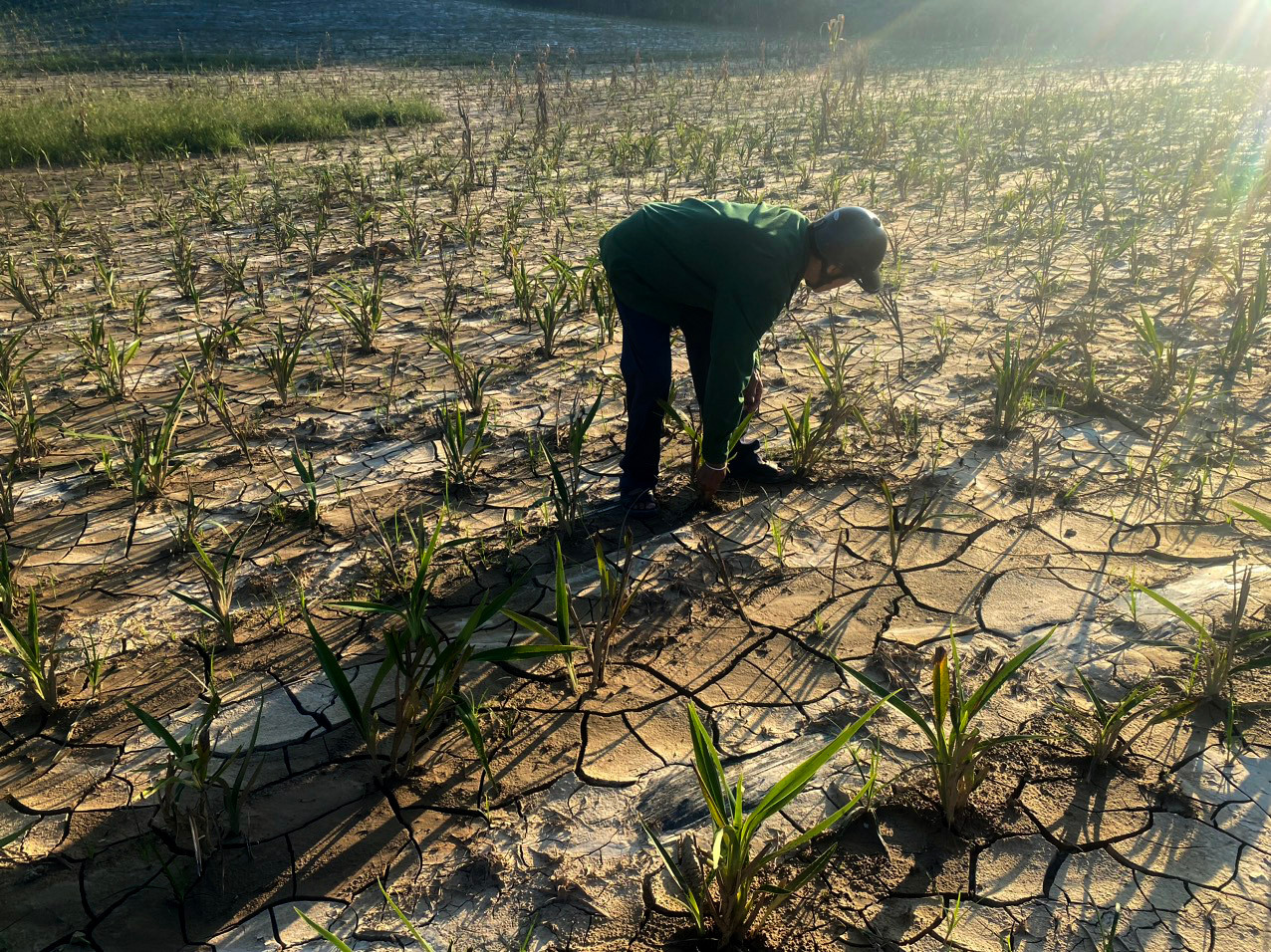
Not far away, the incense production facility of Ms. Pham Thi Uyen, Hanh Tien village, Chau Hanh commune also suffered heavy damage. The rising water level caused the incense materials such as incense powder, paper... to be soaked, making production impossible. The family is estimated to have suffered nearly 100 million VND in damage.
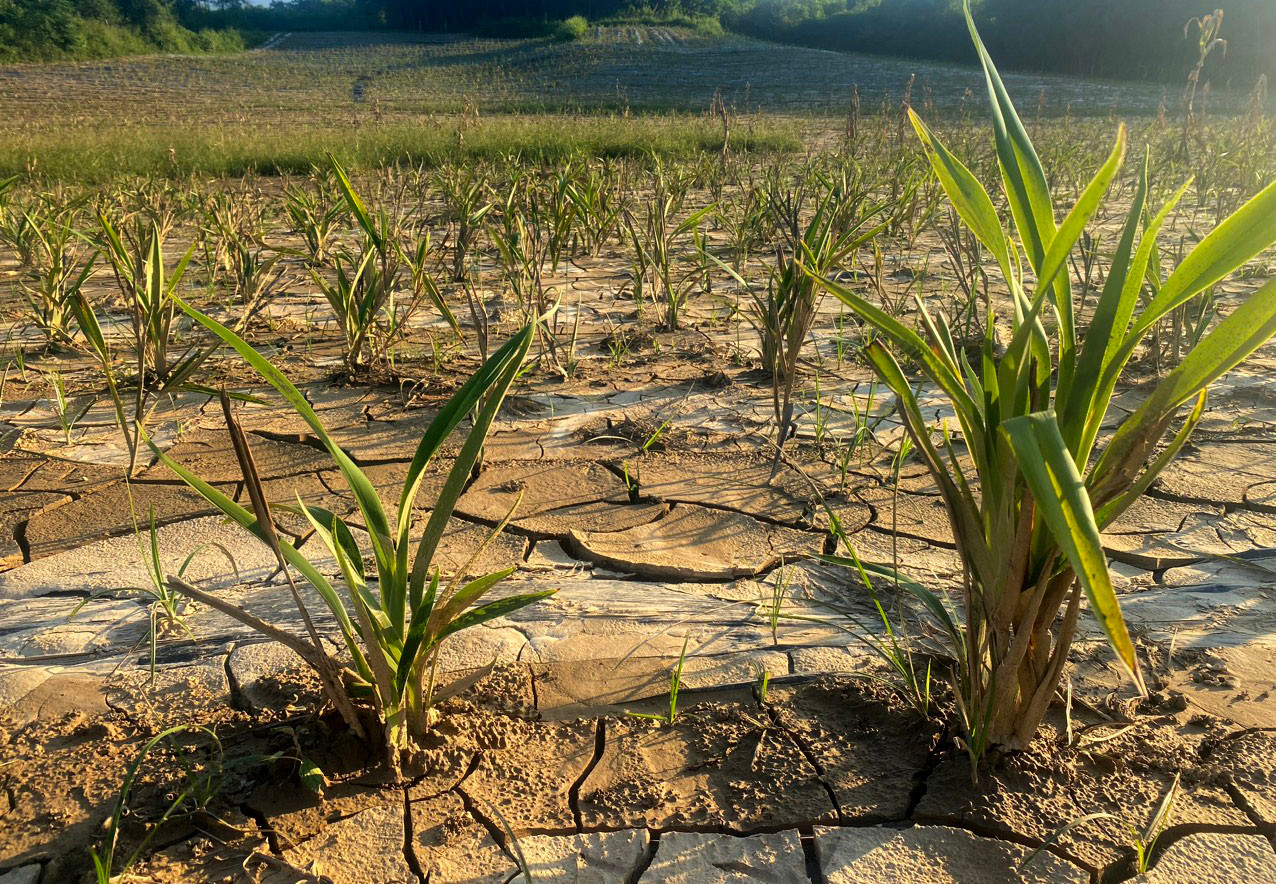
Tan Lac town has 6 incense villages with hundreds of workers, supplying a large amount of incense to the market. However, after the recent flood, incense makers here are facing a "double difficulty" when tools, equipment, and raw materials for making incense are wet and rotten; not to mention that it is now very difficult to import raw materials for continued production because many areas of incense roots have withered.
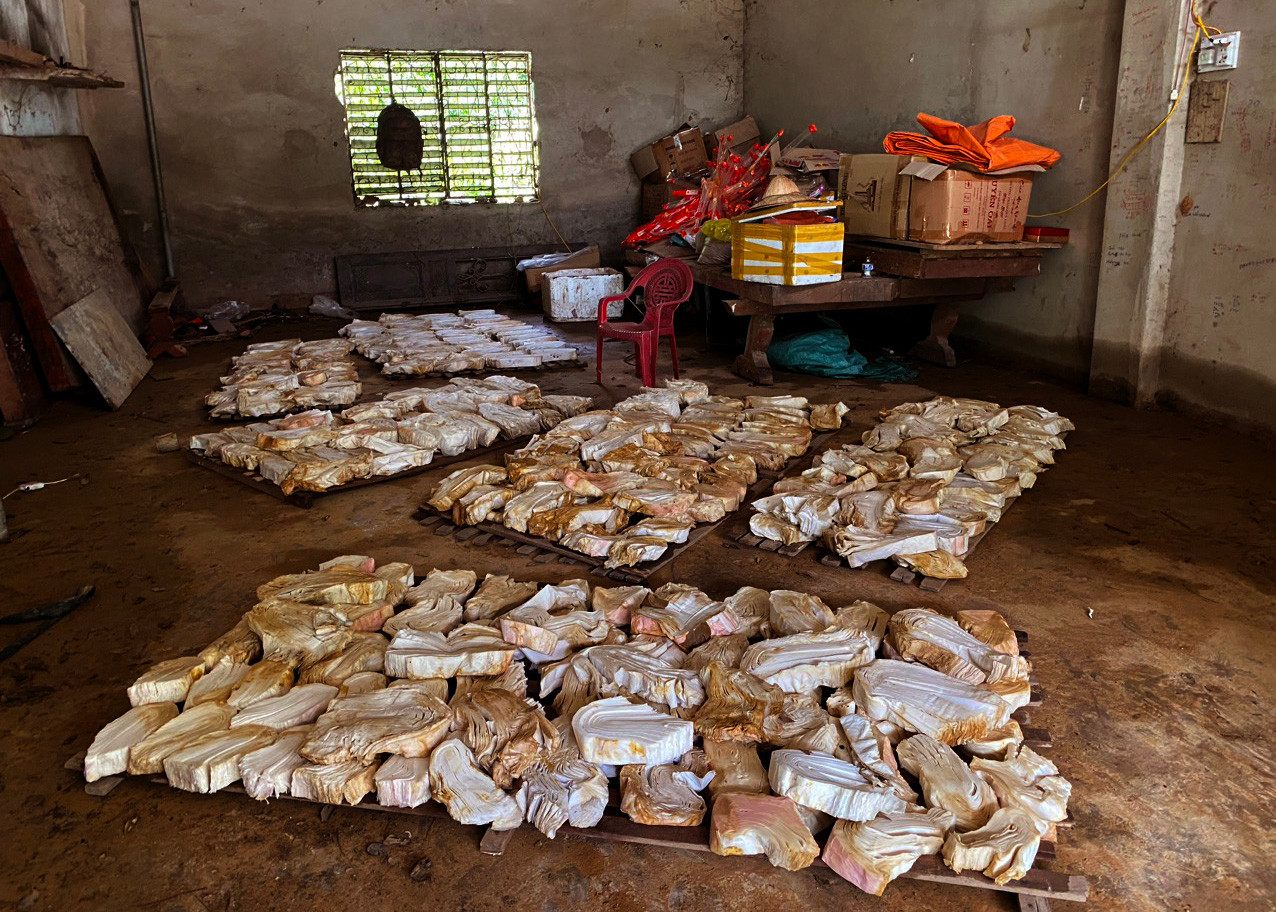
Ms. Tran Thi Loan, owner of an incense production facility in Quy Chau district, recalled: The flood happened so quickly, at 3-4 am, the family was caught off guard. My family has two warehouses, storing raw materials for making incense. When we discovered the rising water, we only had time to shout to save one warehouse of paper and cardboard; the other warehouse containing powdered incense roots, cloves, cinnamon, star anise, etc. was all submerged in water.
“The most important thing is the fragrance, however, when the ingredients are soaked in water for more than a day, they are completely damaged and have no scent anymore. If we dry them to continue processing, the product will not be of good quality and will lose its reputation, so the family will have to throw it away…” - Ms. Loan sadly said.
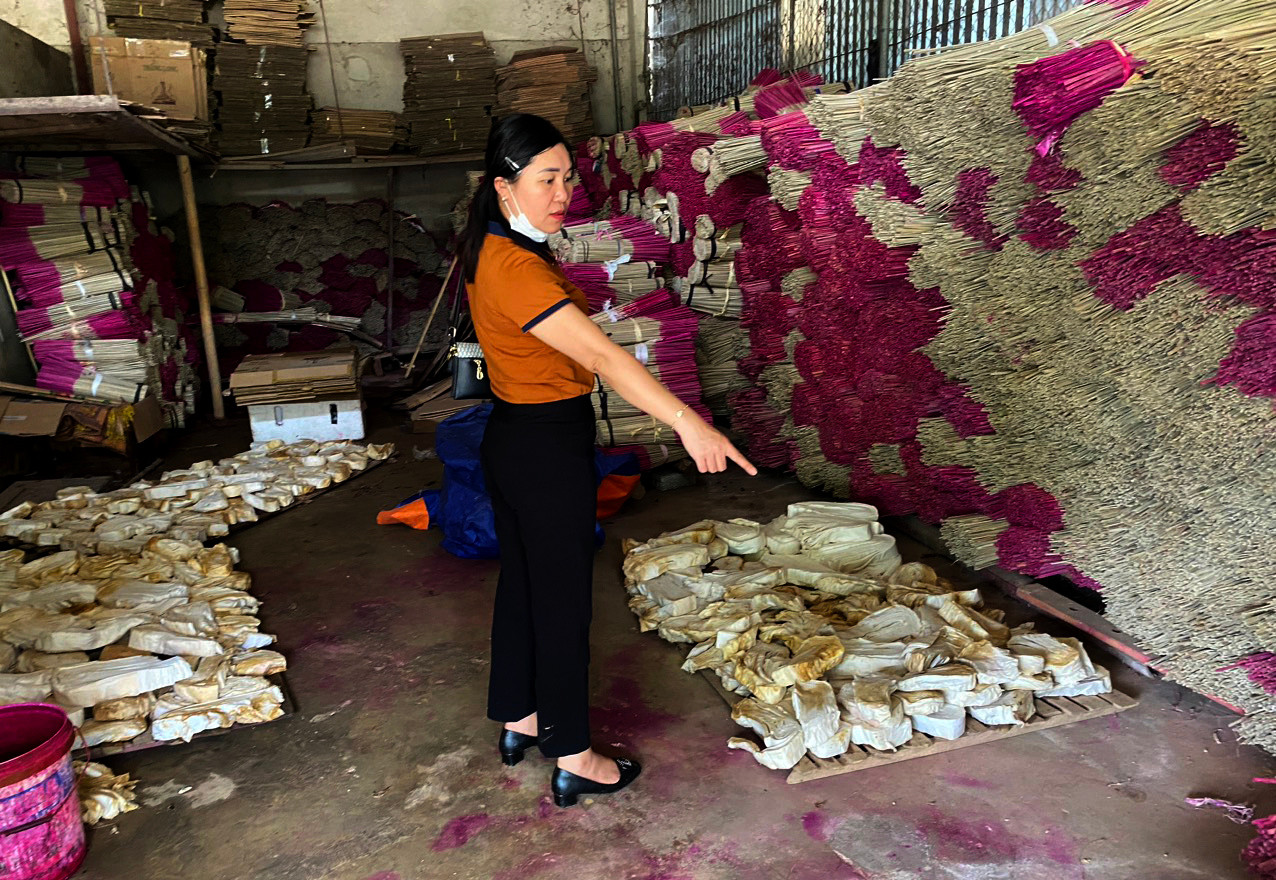
Currently, craft villages and incense production facilities are focusing on hiring people to dry the remaining usable raw materials. In addition, they are proactively contacting and connecting with the raw material areas of incense roots in Quynh Luu, Thanh Chuong, etc. to place large orders in the near future, because the area of incense roots in the area has been largely wiped out.
Data from the Department of Agriculture and Rural Development of Quy Chau district shows that there are currently over 100 hectares of incense root trees in the area, grown mainly in Chau Hanh, Chau Binh, Chau Thuan communes and Tan Lac town.
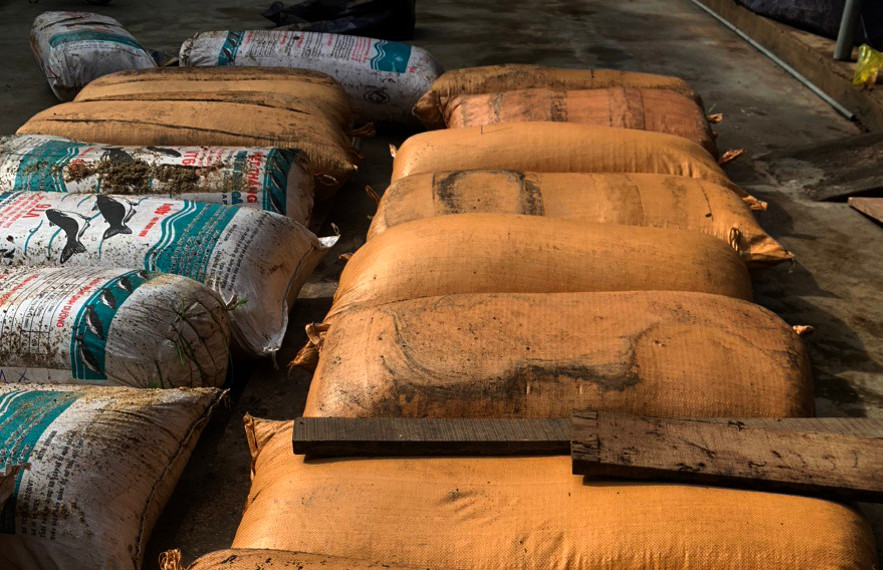
It is known that Quy Chau district has also considered expanding the area of agarwood roots as one of the important tasks in creating raw materials for craft villages as well as jobs and income for the people here. By 2025, the district strives to increase the area of agarwood roots to 200 hectares, although expanding this area still faces certain difficulties, especially after the recent flood that has severely affected the raw material area.






.jpg)

